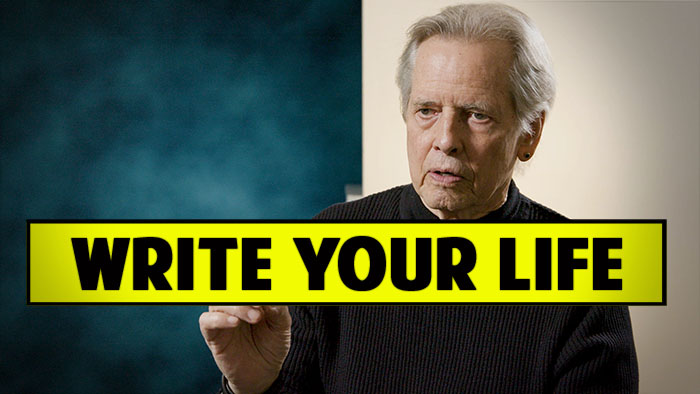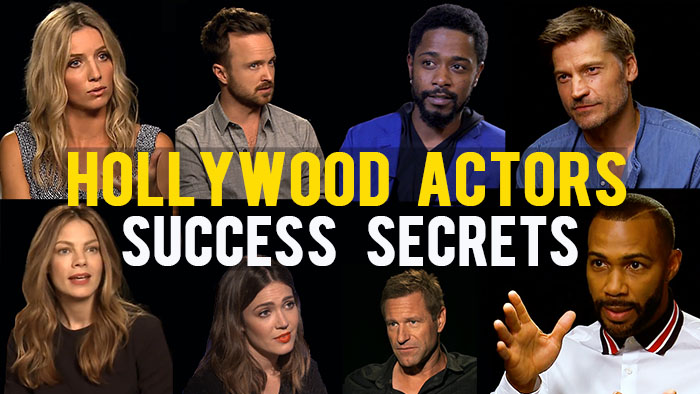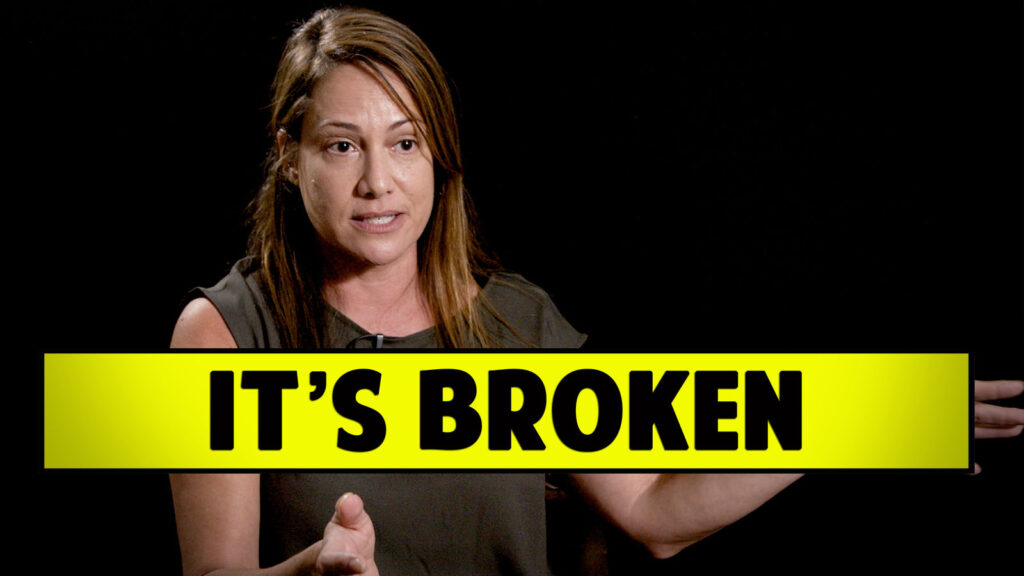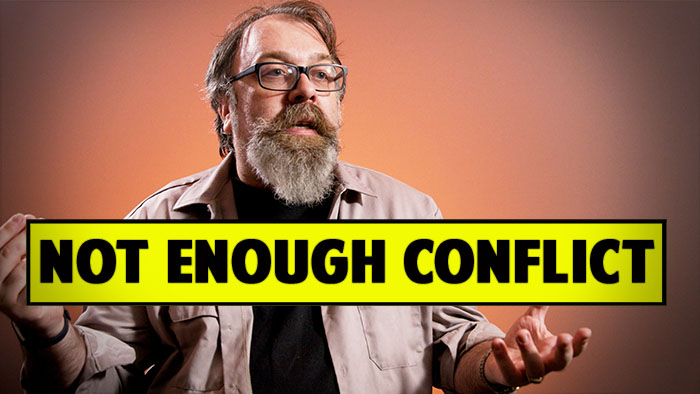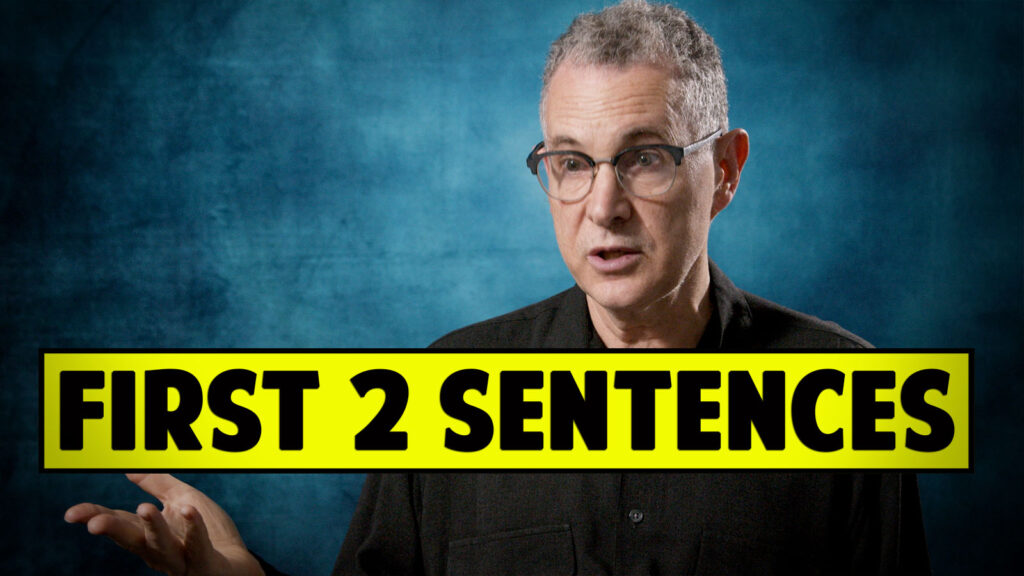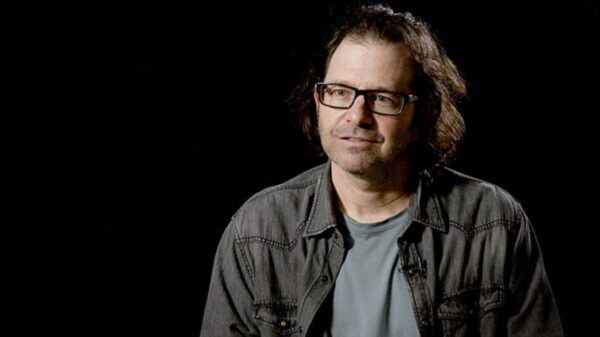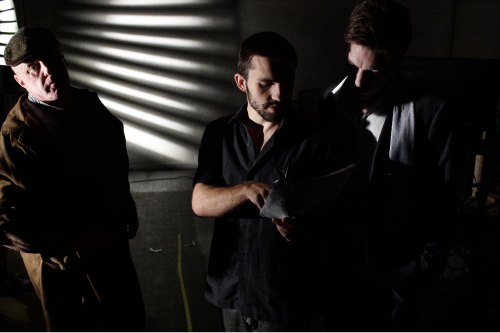
Mattson Tomlin – Filmmaker
Movie making is only for people who are crazy. If that’s not you, don’t worry. The physical, financial, and psychological stress of this particular calling will get you there soon enough. That craziness can very quickly become self-contagious. The script is solid! The cast is excited! Time to shoot! Get it wrapped! Butchering in the editing room! Bring it back together with sound! Gotta make that festival deadline! And the next script can’t wait any longer! The frenzy fuels the production, and it has to. If you’re not moving faster than you think you can, you’re not moving fast enough.

Sometimes, however, that frenzy can be blinding, and you can miss opportunities to turn good-looking films into great-looking films with little additional effort or expertise. While prepping for a shoot not too long ago, I found myself worried that I hadn’t rented enough light kits for a particular scene. When a fellow filmmaker asked if I was shooting on film or digital and I responded with the latter, their reply was “Oh, you’ll be fine, just use the practical lights.”
… Hmmm.
When shooting film, it is rare that an interior scene will have table lamps, TV screens, or other practical sources of light to sufficiently illuminate. So you start with darkness and build up the lighting as necessary. This is how it is for film (most of the time.) Question: Why should it be any different for digital filmmaking? Answer: It shouldn’t be. Just because a digital camera has the ability to deal with lower light levels than film, this doesn’t mean that it should. I’ve come to find regard lighting as a one my most rewarding and least demanding partners in the filmmaking process.
Think about the last few low budget films you’ve come across. You know, the ones on IndieGoGo and Kickstarter or the ones with the fan pages on Facebook . Without the celebrities, the Viper, or plenty of dollars to go around, how can these filmmakers try to compensate? An extraordinary story? A compelling urge to tell it well? Undiscovered actors who have yet to command the fame or fortune their performances already deserve? Sure. All of those things are very possible, and each of them is very powerful, but none of them is ever really reliable.
On the other hand, think about the trailers for those last few low budget films you’ve come across. In all likelihood, some of them were really delicious. I can certainly name a few that look like they were made for millions (of people as well as dollars) when in fact they were made on a shoestring budget with a minimal crew. In each of these cases, it was not the story, the performances, or sound, all of this is mostly passed over in a trailer. It was, quite simply, the lighting. Light your film well and enjoy the mistaken impressions about its budget. Start by putting aside the practicals, and light your scenes without any such constraint. Light from the ground up. Think about the choices you must make.

Does the scene turn positively or negatively for the characters? What is the mood? Are we happy and carefree? Then the warmth and light should come into play. Is it nighttime and we’re saying goodnight to the baby? Then even the darkness should be a warm darkness that embraces the characters. Conversely, is the serial killer about to strangle someone in broad daylight? How alienating can you make the scene with the lighting? How moody can you make the forced marriage? No matter what the situation is, the story is told drastically through your choices in where the light comes from (are we backlit? Lit from below?) and, of course, the color of that light.
If lighting is the muscle, then color is the magic. And this second partner can often offer more for even less. The effective use of color will require more up-front planning. It’s a matter of creating a color palette, not only for sets and costumes but also for the characters. When you send your script out to your department heads, right at the very start of pre- production, this color pallet should go out with it. Remember, who a character is, what they feel, and what they are likely to do can all be expressed with remarkable power by simply controlling for color.
.jpg)
A man sits across the table from a woman. He wears a dark suit with a blue tie. His white shirt has fine blue stripes, and a blue shadow is cast across his face. She wears a red dress, and orange backlighting ignites her. When a second man appears and looks like this…

… the audience knows he has a connection to the woman surrounded in red over the man surrounded in blue without any dialogue at all. The colors convey, contrast, and converge to reflect and reinforce the script.
When that script was first written, those colors were already part of it. We’ll never see yellow. Yellow doesn’t belong in this film. Red is passion. Or love. Or hate. It’s a raw and visceral color- it’s LIFE. Blue is cool and passive, sometimes afraid. Or, it’s total control. Green is trouble. Or, green is nature, disease, wealth. And orange? Well, in The Godfather, orange indicated death – as did the literal presence of oranges. When one character wears red plaid and another wears a brown suit, it should mean something. When an old woman is a grey-green dress stands in an off-yellow lit bathroom, this should be deliberate. If that light under the door in Close Encounters of the Third Kind is orange, it should signify something very different that that creeping blue light in Poltergeist. The audience may not (and need not) ever consciously realize it, but they certainly should feel it.

M.
Mattson Tomlin is an student filmmaker in his third year at SUNY Purchase. Within the last year, he has crowd-funded over $20K for two films: an independent feature based on the nursery rhyme, Solomon Grundy, and an academic work entitled Dream Lover. Both are due out this coming summer.
www.mattsontomlin.blogspot.com
On Twitter @wackeychan
On Facebook
Contains Affiliate Links












